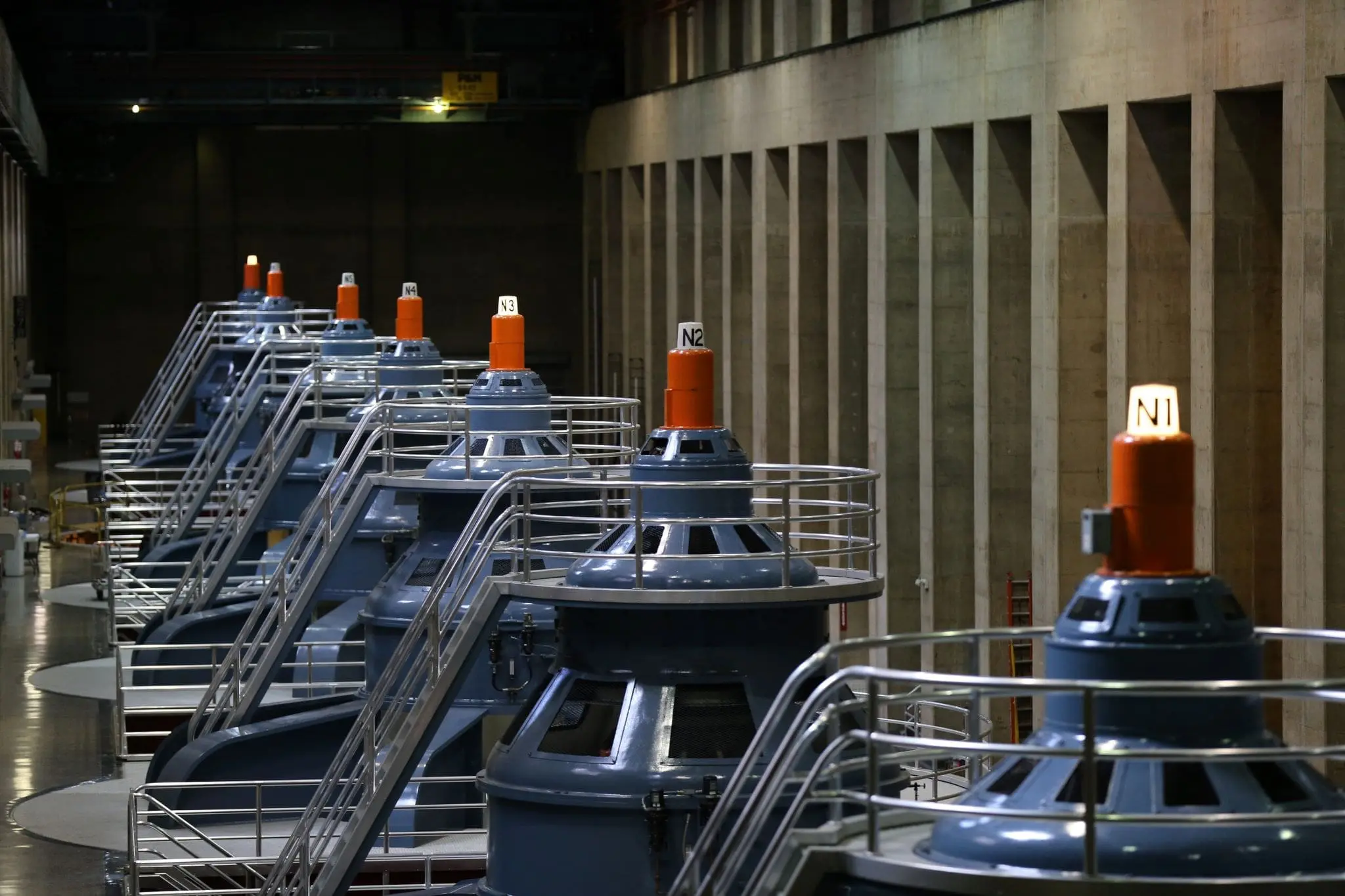A growing and vital component of today’s energy sector is hydropower. The basic technology behind hydropower is simple. Rushing water moves turbine vanes to generate electricity that is then fed into the grid.
In a recent study published by the US Department of Energy, several national laboratories assessed the value of hydropower. The conclusions were that hydropower systems in place here in North America are vital renewable energy sources. They provide a much more stable input to the electrical power grid than wind and solar. They also help stabilize the grid during demand surges because they are able to quickly increase generation compared to most other sources. There are current and new opportunities and challenges associated with hydropower, especially how to optimize hydropower in terms of new innovations, planning, and operations, and maintenance.
In this post, we will look at how High-Pressure Cold Spray (HPCS), one of those innovations, has the potential to reduce the hydro turbine maintenance costs associated with the production of hydropower. Read on for more information, and then visit ColdSpray.com for additional resources.
Corrosion, Erosion, and Other Hydropower Problems
Cavitation corrosion occurs when tiny vapor bubbles form in the water supply and collapse as they run headlong into the turbine vane. These bubbles can form quickly as the high-pressure water becomes more turbulent as it is forced into the intake of the hydropower facility. The collapsing bubbles, moving at high speed and pressure, cause a shock wave to form.
Even though it is tiny, this shock wave causes damage to the hydro turbine as the cavitation erosion begins to eat its way through the turbine vanes. As erosion caused by this cavitation continues to degrade the metal, it can cause severe stress fractures that eventually lead to failure of the vane.
Hydropower can also be cycled on and off in areas where more or less power is needed to supply the demand. This cycling, however, may incur additional costs, like machine wear and tear. That, plus the cavitation erosion mentioned above, causes concerns regarding the hydro turbine maintenance costs and downtime of hydro turbines currently in use.
Hydro turbines are the heart of the hydropower generating process. The turbines consist of many moving parts, all working in unison to keep the electricity flowing.
These moving parts are not only under the gun from constant movement and friction; they are also constantly exposed to the element being used to generate electricity – moving water.
How Cold Spray Can be of Benefit Through Protection and Repairs
Corrosion- and Erosion-Resistant Coatings
In the past, component manufacturers may have used traditional coating technologies to extend the life of the turbine vanes. However, those coatings may have tensile residual stresses from the coating solidification process. This makes them more prone to wearing down via erosion, corrosion, or debris impact. In addition, the materials and processes used have proven potentially harmful to people and the environment. Melt-based processes create molten metal fumes, and may also create combustion related emissions, depending on the process.
In contrast, HPCS is a solid-state method that uses inert gases, creates no molten metal fumes, and no combustion products. It is a cost-effective, time-saving method for adding coatings and correcting dimensional degradations. It is a supersonic particle deposition process that can add ceramic-reinforced metal coatings resistant to wear and abrasion. These coatings can also reduce erosion due to cavitation and sliding wear.
Routine preventative maintenance regimens check for erosion, corrosion, and damage throughout the hydropower plant. When these conditions are identified is when cold spray technology can help.
There are no flames, sparks, or arcs associated with the cold spray process, nor are any toxic fumes generated. These characteristics make this solution safer and greener than other potential coating methods.
Dimensional Repairs
In addition, you can use cold spray as an in situ additive manufacturing technique for completing dimensional repairs due to erosion, gouging, or even galling. You can repair high-pressure cold spray deposits with the same method resulting in a virtually unlimited number of repair cycles.
Saving Time and Money
Cavitation corrosion is a leading cause of turbine failure and the need for turbine maintenance in the hydropower industry. Downtime during peak energy demand or removal of the affected parts results in a direct and indirect escalation of maintenance costs. You can reduce the annual turbine maintenance cost by implementing cold spray technology, which decreases downtime by performing maintenance in situ, extending the time between needed repair services.
How to Learn More About Cold Spray
Managing cavitation erosion on the vanes of hydro turbines is an ongoing concern for hydropower generation plants. As innovations continue to develop in the hydropower sector, cold spray continues to be a game-changer for the reliability and durability of the turbines that produce electric power.
It makes sense to use a cost-effective process, in this case, cold spray, to extend the life of the turbines and the turbine parts currently being used to generate electricity. The cold spray process is not only cost-effective and better for the environment, but its mobility is a time-saver as well.
Hydropower is just one renewable energy source. As we continue to innovate new technology used for sustainable power generation, processes like cold spray will continue to find better ways to serve the industry.
When you are looking for ways to reduce hydro turbine maintenance costs, cold spray technology is worth taking a look. To learn more about the cutting-edge advances in the cold spray process or other applications within the Energy Sector, check out ColdSpray.com.



